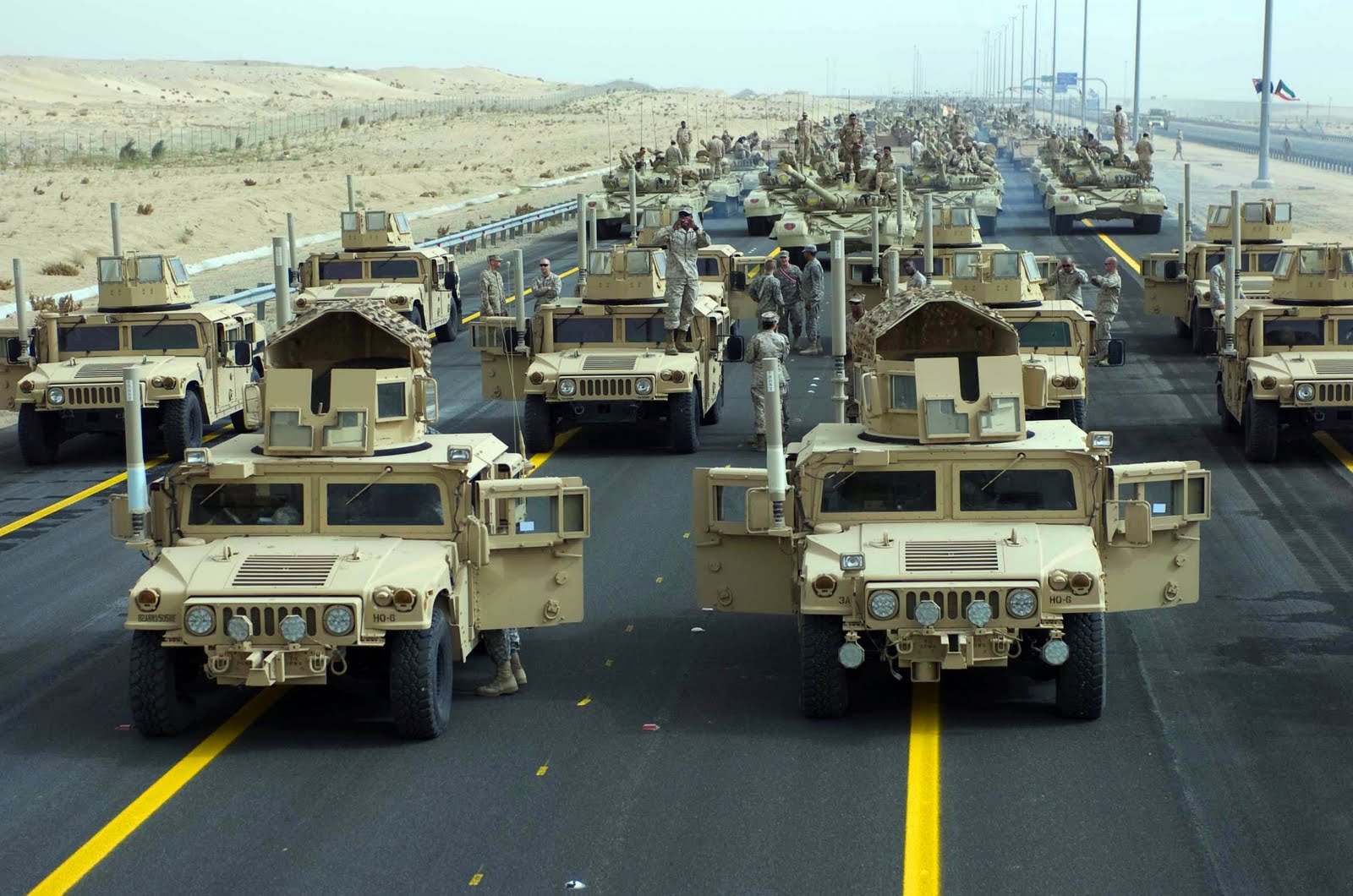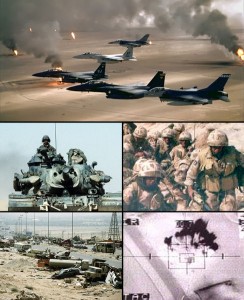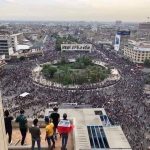by Jasmin Ramsey
Extended military strikes by the United States alone or conducted with Israel could destroy or damage Iran’s most important nuclear sites, but will only temporarily set back Iran’s nuclear program for up to four years, according to a detailed assessment of the costs and benefits of attacking Iran.
Ensuring that Iran never gets a nuclear weapon would require an “expanded air and sea war over a prolonged period of time, likely several years,” argues the report, which has been authored, signed and endorsed by a bipartisan group of high-profile senior national security advisers, experts and diplomats. Unilateral action by Israel is unlikely to substantially set back Iran’s nuclear program or destroy all of Iran’s nuclear sites, states the paper, which is based on a “wide range of expert opinion”.
If Iran decided to build a nuclear weapon (something which it has yet to do according to all reputable official assessments), it would require up to two years to produce a reliable, deliverable device and would almost certainly be detected before that time:
After deciding to “dash” for a bomb, Iran would need from one to four months to produce enough weapons-grade uranium for a single nuclear device. Additional time—up to two years, according to conservative estimates—would be required for Iran to build a nuclear warhead that would be reliably deliverable by a missile. Given extensive monitoring and surveillance of Iranian activities, signs of an Iranian decision to build a nuclear weapon would likely be detected, and the U.S. would have at least a month to implement a course of action
A benefit of militarily striking Iran’s nuclear sites would be a disruption of Iranian government control, but the reports authors doubt that regime change, collapse or capitulation would result from lone military action. Seeking these “ambitious” results would require a greater commitment than what the US has given to Iraq and Afghanistan over the past years combined and would include the occupation of all or part of the country, the report said.
The reports’ authors note that military operations seldom led to regime change without ground forces used to occupy the country. The case of Libya suggests that “even with local rebel forces active on the ground, air strikes would need to be sustained for an extended period and supplemented by on the ground support from other nations’ professional militaries in order to produce a change in leadership,” according to the paper.
Would military action against Iran increase or undermine support for the regime among Iran’s population? The former seems more likely, judging by the strong support showed by the Iranian public for their leaders after the Iraqi attack in 1982 and throughout the grueling, eight-year war that followed.
Even if regime collapse could be produced by a prolonged campaign of air attacks combined with covert and cyber attacks, and drone activity (an outcome that we view as unlikely), it is not necessarily the case that Iran or the region would be more stable as a result.
The cost of Iranian retaliation would be “felt over the longer term” by the US and could result in a regional war:
In addition to the financial costs of conducting military attacks against Iran, which would be significant (particularly if the U.S. had to carry out thousands of sorties and if it had to return to the use of force periodically for years to come), there would likely be near-term costs associated with Iranian retaliation, through both direct and surrogate asymmetrical attacks. Serious costs to U.S. interests would also be felt over the longer term, we believe, with problematic consequences for global and regional stability, including economic stability. A dynamic of escalation, action, and counteraction could produce serious unintended consequences that would significantly increase all of these costs and lead, potentially, to all-out regional war.
The paper offers no final conclusions or recommendations. Instead it seeks to supplement the “lack of consensus and clarity in Washington about what the U.S. should aim to achieve through any military action against Iran” by offering an objective assessment of the costs and benefits of attacking Iran and evaluating the capacity of the US to achieve certain objectives and plan an exit strategy.
Despite the absence of recommendations, the paper’s list of the costs of military action against Iran outnumber the benefits; the benefits are listed in two and a half pages while the costs take up over 9 pages. Indeed, the suggestion that the “initiation of preventive military action against Iran, even with limited objectives, could be the beginning of a war entailing all of the uncertainties and unanticipated consequences so familiar to those who have experienced or studied military conflicts,” seems to be a fundamental assessment of the report.
Lobe Log was provided an advance copy of this paper which was drafted by Columbia University’s Austin Long and William Luers, Director of the nonpartisan Iran Project and advised by by Colin Kahl of Georgetown University and contributed to by Thomas R. Pickering, Jim Walsh of MIT, and Stephen Heintz of the Rockefeller Brothers Fund. We will post it in full when it is officially released later today.






